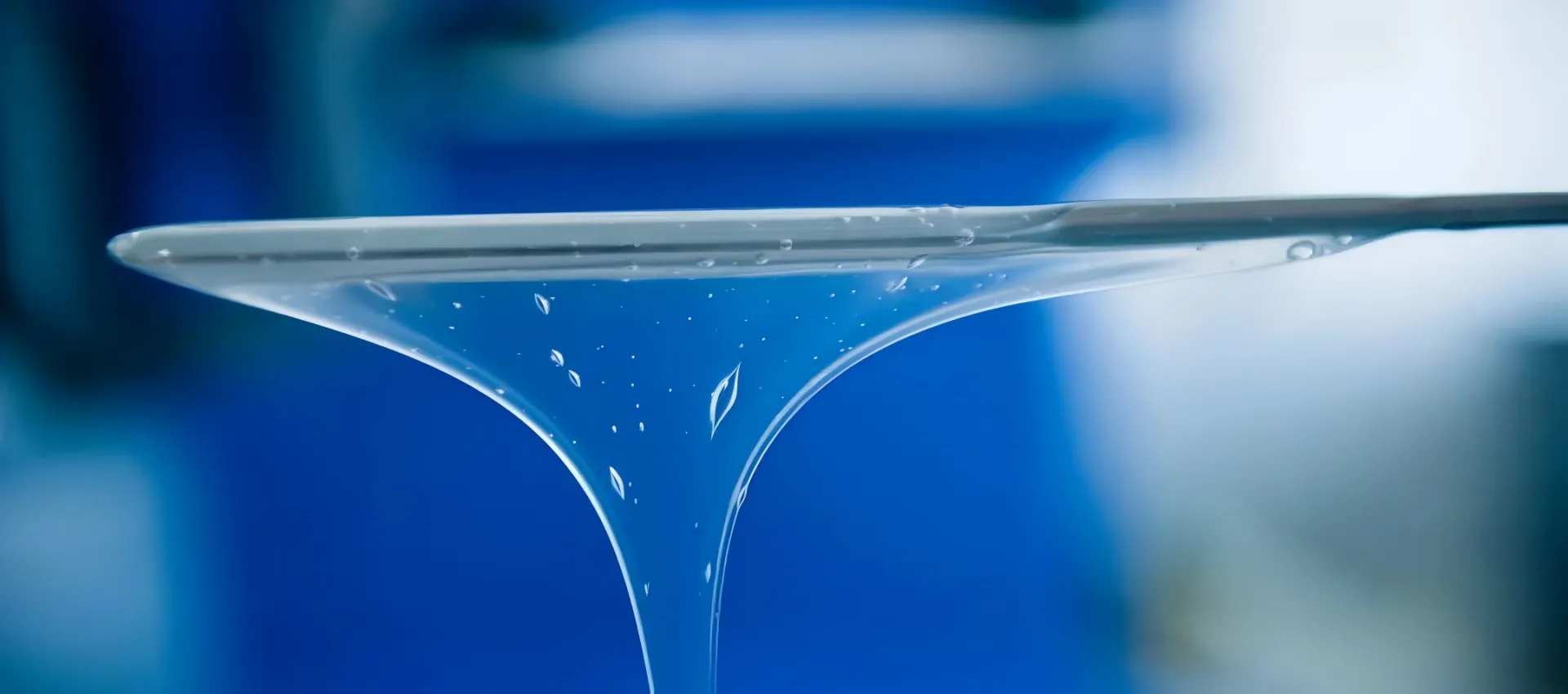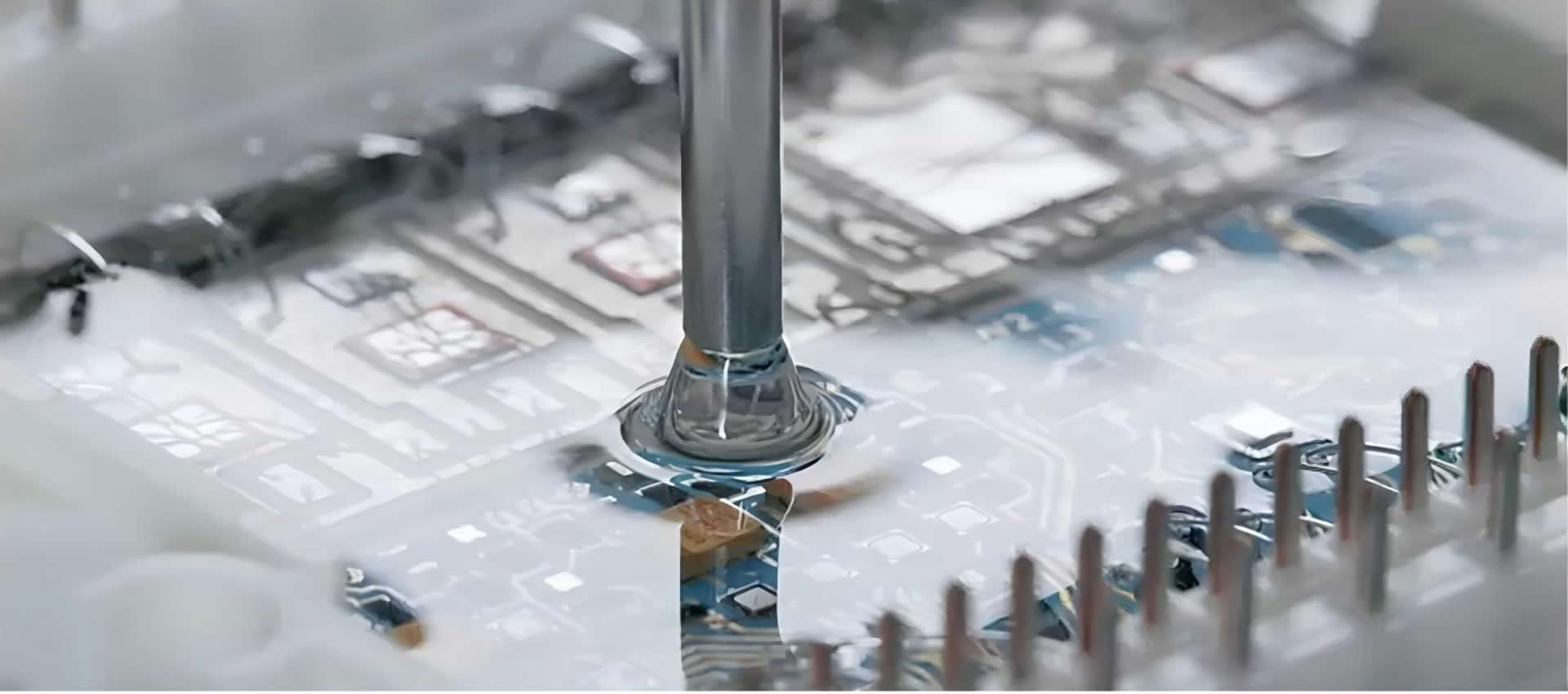
Vinyl Terminated Silicone Fluid factory

Vinyl Terminated Silicone Fluid
Everything you need to know about our products and company
Enhancing Adhesion of Vinyl Terminated Silicone Fluid to Substrates: Strategies and Solutions
Vinyl Terminated Silicone Fluid is a cornerstone material in industries ranging from medical devices to electronics, thanks to its flexibility, thermal stability, and biocompatibility. However, a persistent challenge faced by engineers and manufacturers is achieving strong adhesion between this fluid and various substrates—such as plastics, metals, or textiles—due to its inert nature and low surface energy. Weak adhesion can lead to delamination, reduced product lifespan, and failure in critical applications. Here, we explore scientifically grounded methods to enhance adhesion, ensuring reliability and performance in demanding environments.
1. Leverage Functional Adhesion Promoters
Incorporating adhesion promoters is one of the most effective strategies. These are additives designed to chemically bridge the silicone fluid and the substrate. For instance, silane-based promoters with epoxy, alkoxy, or acrylate groups can significantly boost bond strength. In a study focusing on thermoplastic polyurethanes (TPU), a polydimethylsiloxane adhesion promoter armed with epoxy and acrylate groups increased peel-off strength to 7.63 N/mm—a result of cohesive failure, indicating robust bonding . Similarly, WACKER’s GENIOSIL series offers silane promoters that enhance adhesion to polymers like polyamides and metals by forming covalent bonds with substrate surfaces . For Vinyl Terminated Silicone Fluid, selecting promoters with compatible functional groups (e.g., vinyl-reactive species) ensures integration during the platinum-catalyzed curing process.
2. Optimize Surface Preparation Techniques
Substrate preparation is critical. Surfaces must be free of contaminants and structurally modified to facilitate mechanical interlocking. For plastics like vinyl (PVC), studies show that cleaning with isopropanol followed by light abrasion creates micro-roughness, improving grip. Corona discharge or plasma treatment can also introduce reactive groups (e.g., hydroxyl or vinyl groups) on substrates such as aluminum or polypropylene, enabling chemical bonding with silicone fluids . A case study demonstrated that corona-pretreated surfaces silanized with vinyltrimethoxysilane achieved a peel strength of over 3.2 kN/m for liquid silicone rubber on aluminum—a 190% improvement compared to untreated surfaces .
3. Utilize Crosslinking Catalysts and Cure Conditions
The crosslinking efficiency of Vinyl Terminated Silicone Fluid directly impacts adhesion. Platinum catalysts, such as divinyltetramethyldisiloxane complexes, drive the hydrosilylation reaction between vinyl groups and Si-H bonds in crosslinkers. Optimizing catalyst concentration and cure conditions (e.g., temperatures of 120–150°C) ensures complete network formation. For heat-sensitive substrates like low-melting-point TPU, room-temperature curing with Pt catalysts—activated by modifiers like 3,5-dimethyl-1-hexyn-3-ol—can prevent substrate degradation while promoting adhesion . Additionally, using hydrogen-containing silicone oils as crosslinkers enhances the density of the silicone network, anchoring it to the substrate.
4. Select Tailored Formulations for Industry-Specific Needs
Different applications require customized approaches. For example:
5. Implement Hybrid Primers and Mechanical Bonding
For substrates with poor compatibility, primers serve as an intermediate layer. Water-based primers like WACKER Anchorage Additive HF 100—a reactive epoxy-functional polymer—can be applied to plastics (e.g., PET) before silicone coating. Alternatively, mechanical methods such as embedding polyester meshes or fabric overlays create physical anchors, augmenting chemical bonds . This hybrid approach is valuable in construction sealants, where vinyl-faced materials require long-term weathering resistance.
Why Biyuan’s Vinyl Terminated Silicone Fluid Offers a Competitive Edge
Biyuan’s Vinyl Terminated Silicone Fluid stands out in the market for its adaptability to these adhesion strategies. With viscosity customization (50–100,000 cSt), low volatile content (<0.1%), and compliance with ISO standards, it serves as an ideal base for formulating self-adhesive systems . The product’s high vinyl content (0.06–1.08%) allows precise control over crosslinking, enabling strong bonds even on challenging substrates like vinyl or treated metals. By partnering with a reliable Vinyl Terminated Silicone Fluid factory like Biyuan, manufacturers gain access to technical support for integrating promoters and optimizing processes—ensuring end-products meet industry benchmarks for durability.
Conclusion
Improving adhesion for Vinyl Terminated Silicone Fluid hinges on a multifaceted approach: selecting synergistic promoters, preparing substrates meticulously, and tailoring cure parameters. As industries like medical technology and electric vehicles demand more robust silicone-substrate interfaces, leveraging advanced fluids from trusted suppliers becomes paramount to innovation. Biyuan’s commitment to R&D and certification (e.g., ISO standards) positions its products as scalable solutions for global supply chains, enabling customers to overcome adhesion barriers and elevate product performance.
Our most popular products loved by customers worldwide
Vinyl termified silicone fluids represent a specialized class of medical-grade materials engineered for advanced healthcare applications. These reactive fluids feature terminal vinyl groups that enable precise molecular customization and controlled crosslinking capabilities, making them ideal for developing implantable devices, drug delivery systems, and d.
Vinyl silicone fluid is revolutionizing cosmetic and personal care formulations through its unique reactive properties and sensory enhancement capabilities. This functional silicone material features terminal vinyl groups that enable customizable cross-linking while maintaining the characteristic smoothness of silicone-based ingredients. Vinyl sili.
Vinyl silicone fluid, as a core functional silicone product, demonstrates exceptional versatility and reliability in the industrial additives sector. Its unique molecular structure combines the flexibility of a siloxane backbone with the reactivity of terminal vinyl groups, delivering customized solutions for various industrial applications. In polymer .
Vinyl terminated fluid is emerging as a transformative additive in textile and leather manufacturing, offering a unique combination of processing enhancement and performance optimization. This reactive silicone fluid leverages its terminal vinyl groups to create durable molecular bridges with fibers and leather substrates, delivering lasting functional ben.